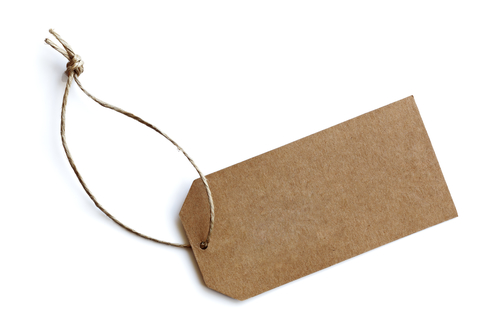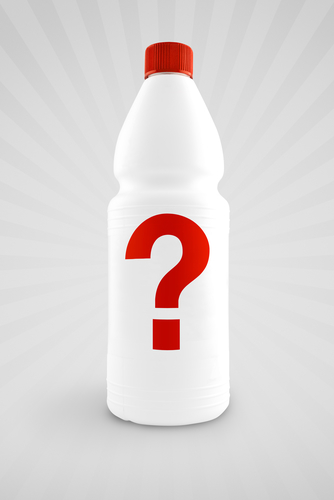
Looking for a unique and informative way to portray your product to an audience? Custom labels allow businesses to step out from the crowd by giving their product something to wear proudly. If a custom product label is a direction you are aiming towards with your product, you may wish to learn more about the basics of an information label so that you are aware of what your product requires exactly. Understandings the basics of labeling allows you to make an informed decision that will put your product in the best position for selling success.
Many people don’t understand that there are parts of a product’s information label. Since there are different parts that make up a label, it makes labels offer different capabilities. Knowing the parts of a product information label will allow you to make the best decisions in terms of what your label will be able to do. The parts that make up a custom product label include:
Top Layer Coating: The protective coating that provides the finished texture whether it be gloss, matte, or anything in between. This top layer of coating also provides support for the desired ink that lays between this layer and the next, the face stock.
Facestock: The chosen material that holds the desired ink on top, protected by the finish. Materials chosen for face stock vary based on what the desired application of the label will be. Paper, fabric and even plastic all have varying life spans and work to either protect the label against heat, cold, or water.
Adhesive Glue: This layer of a custom product label is what attaches it to the packaging or surface of the item. It is either applied with pressure, heat, or water; depending on the use and application of the label.
Adhesive Liner: The bottom of each product label will include an adhesive liner, which protects the adhesive until it is prepared for application to the product or packaging.
>Some companies need to utilize the advantages of a barcode system. Barcodes provide a simple way to track accurate inventory numbers, prevent theft, protect a brand, and offer tamper protection. Most of the products sold in stores require a barcode to pair with their software and make check out easy on the business and consumer. Before you decide on your labeling characteristics, make sure you know if your product label will need to include a barcode.
Before beginning the process of developing custom information labels for your product, you will have to be prepared to know what you will need and want. To be prepared, ask yourself these questions:
If you know the answers to all of the questions listed above, you are on your way to starting the development process of your custom information labels! Trust a company with over 30 years of custom label development, Blue Ribbon Tag and Label. Ready for a quote and consultation with our labeling and design experts? Visit our website or give us a call today at 954-922-9292.


